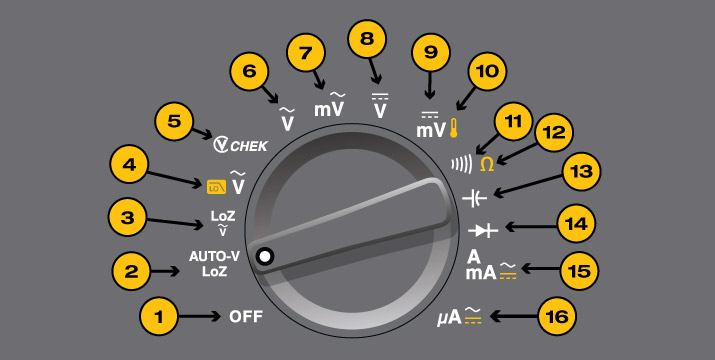You misunderstand how an LED works in that Vf isn't the voltage you put across an LED to make it work, it's the voltage that appears (is dropped) across an LED when current is forced through it.
If you look at a proper data sheet you'll see Vf(min), Vf, and Vf(max) specified for a particular current, and what that means is that if you force the specified current through the LED, you can expect Vf to fall anywhere between Vf(min) and Vf(max), With Vf being the typical value.
So, the answer to your question is:

The power supply is any voltage-variable supply, R provides a ballast for the LED, decreasing its sensitivity to power supply variations.
That'll keep the LED from releasing its magic smoke if you inadvertently crank up the supply too far, and its value [R] isn't critical, within reason.
For example, if you use a 1000 ohm resistor and you're trying to push 20 mA through the LED, that 20 mA also has to go through R, so R will drop:
$$ \text{ E = IR} = 0.02A \times 1000 \Omega = \text {20 volts,} $$
and you'll need some headroom on top of that for the LED.
"A" is an ammeter used to measure the current through the LED, and "V" is a voltmeter used to measure the voltage across the LED.
In use, what you'd do would be to start the supply off at zero volts and then crank it up until the ammeter read 20 milliamps, then the voltage displayed on the voltmeter would be Vf for that particular diode at that particular current and ambient temperature.
Referring back to your question, the way to determine what value of series resistance is "right" for your LED is first to determine its Vf at the desired forward current (If) and then to use Ohm's law to determine the value of the resistance, like this:
$$ \text {R = } \frac{Vs - Vf}{If} $$
Assuming, then, that Vs (the supply voltage) is 12 volts, that Vf is 2 volts, and that If is 20 mA, we'll have
$$ \text {R = } \frac{12V - 2V}{0.02A} = \text{500 ohms} $$
Then, to determine the power the resistor will dissipate we can write:
$$ \text{Pd = (Vs - Vf)} \times \text{If}\ = \ \text{10V} \times \text{0.02A} = \text{0.2 watts} $$
510 ohms is the closest E24 (+/-5%) value that'll keep If on the conservative side of 20mA, and a 1/4 watt resistor should be fine.
Duck soup, eh? ;)


